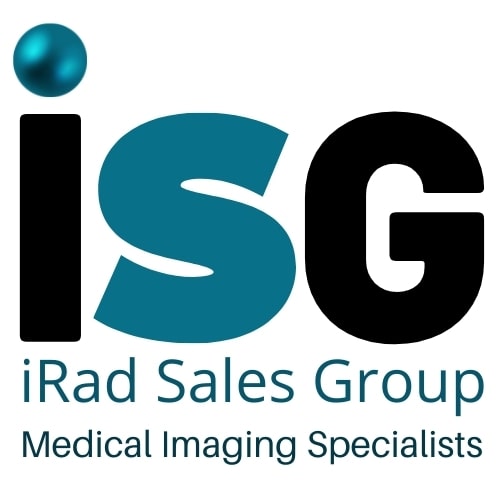Rural hospitals have always faced many challenges. The struggle to provide the quality of care to their patients that they deserve while keeping the doors open. Rural hospitals have been and always will be a critical part of the nation’s health care delivery system. For nearly one-in-five Americans, they offer a caring and compassionate lifeline for individuals and families who would have few health care options otherwise.
From The American Hospital Association,
Perspective: The importance of Healthy Rural Hospitals, dated Feb 4, 2022.
In a recent DOTMED article, dated Jan 4, 2023 “ Nearly 30% of US Rural Hospitals are in Danger of Shutting Down” yet, one in five Americans lives in a rural community where access to local and convenient health services is far from a given. Rural residents on average travel twice as far as their urban counterparts to receive health care services. And with the closure of 138 rural hospitals over the last 10 years, the situation for many has only worsened.
During the past two years, rural care providers have met the severe obstacles posed by the pandemic with inspiring levels of resourcefulness and perseverance, never wavering from their trusted role as cornerstones of their communities.
However, even apart from the pandemic, rural providers face unique challenges. These include low patient volumes, geographic isolation, and attracting and retaining a sufficient workforce. In addition, rural hospitals and health systems often lack access to capital that helps fund development of new models of care, and they are often more susceptible to the effects of economic changes or downturns in their communities.
As healthcare has continued to progress and the need for in-patient long term beds has reduced. Rural hospitals are slowly starting to realign their priorities and refocus so that they can offer preventative/diagnostic imaging services to their patients to effectively treat and diagnose diseases early.
As part of the refocus, many rural hospitals are finding that their imaging equipment is not able to provide the proper reporting or images for diagnostic treatment. For example, many rural hospitals are utilizing 4 and 8 slice CT scanners. While these are good for basic trauma imaging, the refinements in today’s CT are night and day differences.
Imaging Solutions
As a rural hospital manager, how do you determine what is the best imaging solution for your facility?
At iSG, we have over 25 years of experience in the imaging field from CT to MRI to Ultrasound, our team of experts listens to your needs and helps you determine the best long term solution to the problems that you face as well as your future goals for your hospital, clinic or department. Our team knows the challenges that you face each day and helps guide the purchase process by providing ROI calculations that not only look at the cost of a new purchase but also the cost of maintaining status quo or upgrading the current system.
At iSG our goal is to make each new installation as seamless as possible, weather purchasing equipment for the first time or replacing your existing equipment, we offer:
Room specific drawings along with a dedicated Project Manager to ensure a smooth installation into your facility.
Exceptional service support with many products offering an UPTIME GUARANTEE that beats any of the competitors.
Unlimited scheduled online applications training refresh during warranty and full Service Contract Coverage. Unlike the competitors who limit the initial training to a set number of days and people and then charge if additional training is needed.
And by providing marketing support services to help educate your patients on the new or improved services that you offer.
Contact us today to learn how we can help your team achieve success.



